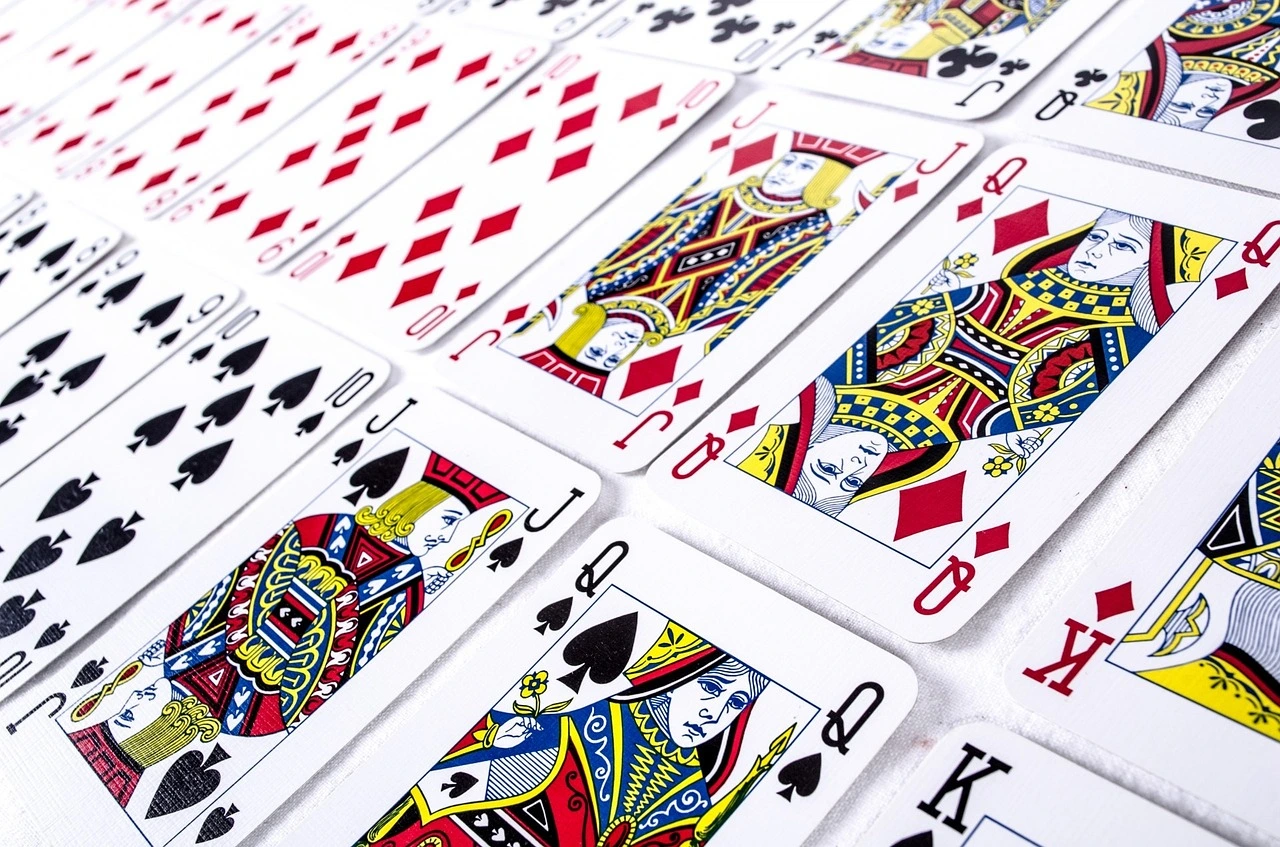Pot Odds: The Mathematical Foundation of Poker Strategy

In the realm of poker strategy, where skill meets chance, the concept of pot odds emerges as a crucial determinant in decision-making. It’s not merely a mathematical abstraction; rather, pot odds serve as the compass guiding players through the intricate landscape of poker, helping them make informed choices that balance risk and reward. Join us as we delve into the world of pot odds, unraveling its significance, calculation methods, and strategic applications that distinguish seasoned players at the poker table.
Understanding Pot Odds: A Strategic Necessity
At its core, pot odds represent the numerical relationship between the current size of the pot and the cost of a contemplated call. This fundamental concept provides players with a framework for assessing the potential profitability of a decision in relation to the chips or money already in play.
Decision-Making Guide: Pot odds act as a guiding principle in decision-making, offering players a tool to assess whether the potential gains from a call outweigh the cost of making that call. A solid understanding of pot odds empowers players to make more informed choices, strategically navigating the dynamic terrain of a poker hand.
Risk and Reward Balancing: Pot odds serve as the fulcrum in the delicate balance between risk and reward. By introducing a quantitative element into decision-making, pot odds enable players to evaluate the potential profitability of a move, aiding them in avoiding unnecessary risks or capitalizing on favorable situations.
Calculating Pot Odds: The Mathematical Dance
Calculating pot odds involves a straightforward mathematical formula:
Pot Odds=Current Pot SizeCost of the CallPot Odds=Cost of the CallCurrent Pot Size
Current Pot Size: This represents the total chips or money in the pot at the moment of consideration. It includes the bets and raises made by players leading up to the current decision point.
Cost of the Call: This is the amount a player must contribute to the pot to stay in the hand, often the size of a bet or raise from an opponent.
Interpreting Pot Odds: Making Informed Decisions
Once pot odds are calculated, the resulting ratio provides insights into the potential profitability of a decision. Understanding how to interpret these odds is crucial for making informed choices during a hand.
Pot Odds Greater than Probability of Winning: If the calculated pot odds are greater than the probability of completing a drawing hand or winning the pot, it generally suggests a favorable situation to make the call. This implies that the potential gains exceed the cost of participating.
Pot Odds Less than Probability of Winning: Conversely, if the pot odds are less than the probability of completing a drawing hand or winning the pot, it may not be a profitable decision to call. In such cases, folding or seeking a more advantageous situation becomes a strategic consideration.
Strategic Implications of Pot Odds: Navigating the Poker Landscape
Pot odds influence various strategic decisions, impacting the dynamics of individual hands and shaping the overarching game strategy.
Bluffing Dynamics: Understanding pot odds enhances a player’s ability to incorporate bluffing effectively. By assessing the potential profitability of a bluff in relation to the size of the pot, skilled players can execute well-timed bluffs that exploit the principles of pot odds.
Value Betting: Pot odds play a crucial role in value betting. Players aiming to extract maximum value from a strong hand must carefully consider their bet sizing to entice opponents to call. Calculating pot odds helps determine the optimal amount to bet, maintaining a balance between maximizing potential gains and the likelihood of a call.
Drawing Hands: Pot odds are particularly relevant when holding drawing hands, where players aim to complete a flush, straight, or other powerful combinations. Knowing the pot odds helps players assess the viability of continuing with a drawing hand, balancing the potential reward against the cost of pursuing the draw.
Adapting to Changing Pot Odds: Dynamic Decision-Making
Pot odds are not static; they evolve as the hand progresses. Experienced players recognize the need for dynamic decision-making, adjusting strategies based on changing circumstances.
Pot Odds Shift with Bets and Raises: As opponents make additional bets or raises, the size of the pot increases, altering the pot odds. Players must stay attuned to these shifts and reassess the potential profitability of their decisions in real-time.
Positional Considerations: Pot odds’ importance is magnified by a player’s position at the table. Those in later positions have the advantage of observing opponents’ actions before making decisions, allowing them to calculate pot odds with additional information.
The Psychology of Pot Odds: Insights into Opponents’ Minds
Beyond the mathematical framework, pot odds offer insights into opponents’ psychology. Observing how players react to pot odds can reveal valuable information about their skill level, playing style, and potentially their hand strength.
Overvaluing or Undervaluing Hands: Novice players may display tendencies to overvalue or undervalue their hands in relation to pot odds. Skilled players can exploit these tendencies, capitalizing on opponents’ miscalculations to gain an edge.
Detecting Strength or Weakness: Opponents’ reactions to pot odds can provide subtle clues about the strength or weakness of their hands. A confident call may signify a strong hand, while hesitation or reluctance might suggest uncertainty or a marginal holding.
Pot Odds in Tournaments: A Crucial Component of Survival
In poker tournaments, where blinds escalate, and chip dynamics evolve, pot odds become even more critical. Survival in tournaments requires a keen understanding of pot odds to navigate the shifting landscape effectively.
Adjusting to Increasing Blinds: As blinds increase, the cost of participation rises, making pot odds a central consideration. Players must adapt strategies, recognizing when to be more conservative and when to take calculated risks based on evolving pot odds.
Utilizing Stack Sizes: The interplay between pot odds and stack sizes becomes pronounced in tournaments. A player with a short stack may find themselves compelled to take more aggressive actions, while a larger stack provides the luxury of leveraging pot odds strategically.
Pot Odds and Expected Value: A Symbiotic Relationship
Pot odds and expected value (EV) work hand in hand, guiding players toward optimal decisions. Expected value is a broader concept that encompasses the potential long-term profitability of a decision, considering both pot odds and the probability of winning.
Positive Expected Value Decisions: A decision with a positive expected value indicates that the potential gains, factored by the probability of winning, outweigh the costs. Skilled players consistently seek positive expected value decisions, aligning their choices with the goal of long-term profitability.
Calculated Risks: Pot odds provide the foundation for calculating the expected value of a decision. Players who master the art of assessing pot odds can more effectively evaluate the risks and rewards inherent in each hand, guiding their actions toward positive expected value scenarios.
Conclusion: Pot Odds as the Navigator of Poker Strategy
In the intricate dance of poker strategy, pot odds emerge as the navigator, guiding players through the labyrinth of decisions with precision. Mastery of pot odds transforms poker from a game of chance to a strategic endeavor, where each decision is informed by mathematical principles. Whether facing a critical decision in a high-stakes cash game or navigating the escalating blinds of a tournament, the principles of pot odds resonate as a timeless guide, steering players through the complexities that define the game. As players embrace the mathematical elegance of pot odds, they embark on a journey toward strategic enlightenment, where each hand becomes a canvas for calculated decisions and the pursuit of poker mastery.






